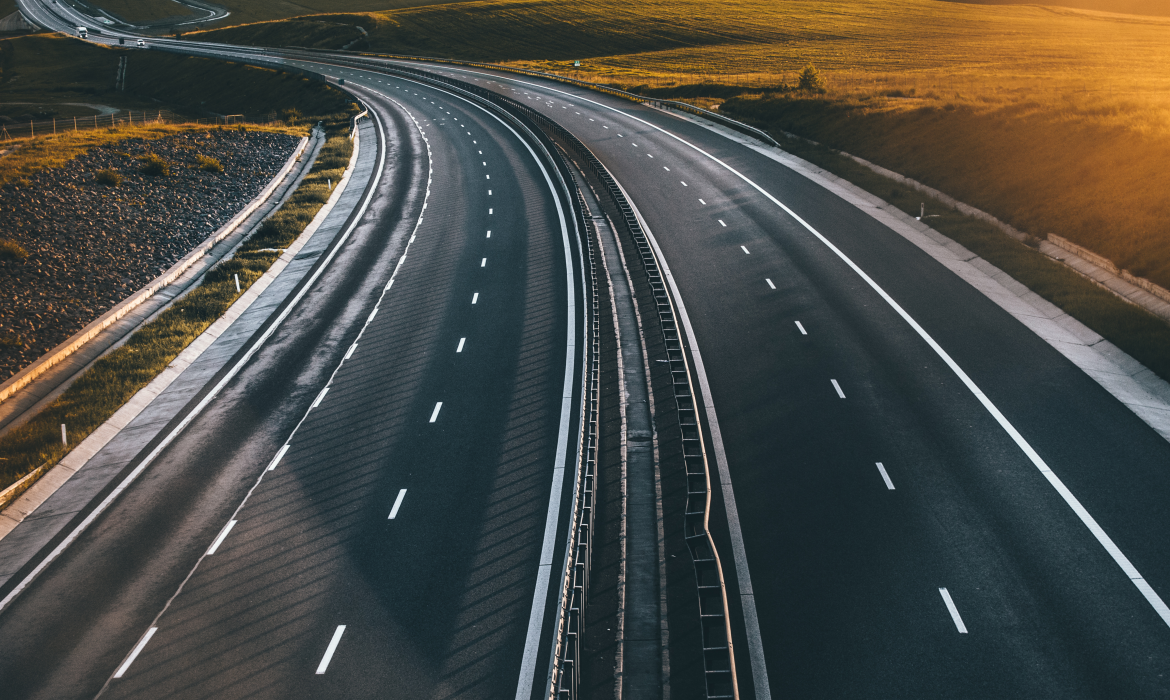Driveways, parking lots, and roadways are some of the common areas that are paved with asphalt because it is durable and economical. Nevertheless, with time asphalt may fade, break, or stain, and many property owners who have asphalt start thinking about painting it. Is it possible, though, to paint asphalt paving? This tutorial will discuss the potential advantages to consider when painting asphalt surfaces.
Asphalt Paving
Asphalt paving is the process of laying a layer of asphalt on a road surface. The asphalt is mixed with other materials to make it easier to work with. It is then laid down over a roadway to provide a smooth surface.
It is important to know what asphalt is and why it is used before getting into the details of painting asphalt. Asphalt is an aggregate (such as gravel or sand) and binder (usually bitumen) mixture that is derived through crude oil. This is deposited in layers and compacted to form a smooth and durable surface.
Advantages of Asphalt
Durability: Asphalt is resistant to heavy traffic and adverse weather conditions.
Cost Effective: Asphalt is also less expensive to install and maintain than other types of paving materials such as concrete.
Speedy Installation: Asphalt can be installed and used within a relatively short time.
Is it possible to paint asphalt?
Yes, asphalt paving can be painted. Nonetheless, before you decide to paint your asphalt, there are several factors to consider.
Why Paint Asphalt?
1. Cosmetic Enhancement: Painting can improve the look of an aged or dirty driveway or parking lot.
2. Markings and Safety: Paint may be applied to include lines, symbols, or other markings to improve safety and organization.
3. Surface Protection: A coat of paint may also give extra protection against the elements and make the asphalt last longer.
Asphalt Paint Types
Not every paint can be used on asphalt. The type of paint must be selected carefully to be durable and effective.
Epoxy Paint
Asphalt surfaces are mostly painted with epoxy paint because it is durable and resistant to chemicals and weather conditions. It creates a strong, protective surface that can resist high traffic and severe weather.
Pros: Extremely durable, chemical- and abrasion-resistant, comes in different colors.
Cons: May be costly compared to other alternatives; needs appropriate surface preparation.
Latex Paint
Asphalt surfaces can also be painted with latex. This is water-based and, therefore, can be applied easily and washed off easily as opposed to oil-based paints.
Pros: Simple to use, dries fast, comes in a variety of colors.
Cons: Not as long-lasting as epoxy paint; might need to be reapplied more often.
Acrylic Paint
Acrylic paint is flexible and non-fading. It is commonly applied to marking lines on parking lots and roads.
Pros: Durable, does not fade, can be used to mark lines.
Cons: Not as strong as epoxy paint in heavy-duty use.
Asphalt Surface Preparation
The paint should be applied after proper surface preparation to ensure that it adheres properly and endures longer. Below are the procedures on how to prepare your asphalt surface to be painted.
Surface Cleaning
Initially, you must thoroughly clean the asphalt surface. Wash off dirt, oil, grease, and other contaminants with a pressure washer or a degreasing solution. Wait until the surface dries thoroughly.
Restoring Damage
Assess the asphalt to check whether there are cracks, holes, or other damages. Fill any imperfections with an asphalt patching compound. This will provide a smooth surface to which the paint can adhere and no further damage can occur.
Surface Priming
A primer can also be used to make the paint adhere to the asphalt surface. Apply a primer that is specifically made to work with asphalt, and apply it as directed by the manufacturer.
Painting the Paving
After cleaning, repairing, and priming the surface, you can begin painting.
The following are some paint job tips:
Selection of the Appropriate Tools
Brushes and Rollers: These are useful in small spaces or areas that require precision.
Spray Equipment: Suitable to large surfaces; provides a uniform coating.
Applying Paint
First Coat: Evenly apply the first coat of paint to the surface. It takes time to dry, but once it does, you can apply additional coats.
Extra Coats: You might require two or more coats depending on the kind of paint and the finish you want.
Drying and Curing
Let the paint dry and cure as per the instructions of the manufacturer. This can take a few hours to several days depending on the kind of paint and weather conditions.
Maintenance and Care
Asphalt surfaces that are painted need to be maintained regularly to maintain their appearance and to make them last longer.
Regular Cleaning
Clean the surface regularly by wiping off dirt, debris, and stains. Routine cleaning should be done with a mild detergent and water.
Sealing
You might also consider using a sealant on the painted surface to make it last longer against the elements. The color and look of the paint will be improved by using a sealant.
Repairs
Check the painted surface on a regular basis to ensure there are no signs of damage or wear. Fix the cracks or chips immediately to stop the damage.
Asphalt paving is paintable and can be an excellent solution to enhancing the look, safety, and longevity of your driveway, parking lot, or roadway. With the right kind of paint, the preparation of the surface, and the best practice in application and maintenance, you can get a long lasting and beautiful finish. Regardless of whether you choose epoxy, latex, or acrylic paint, a properly executed paint job can revitalize your asphalt surface.

